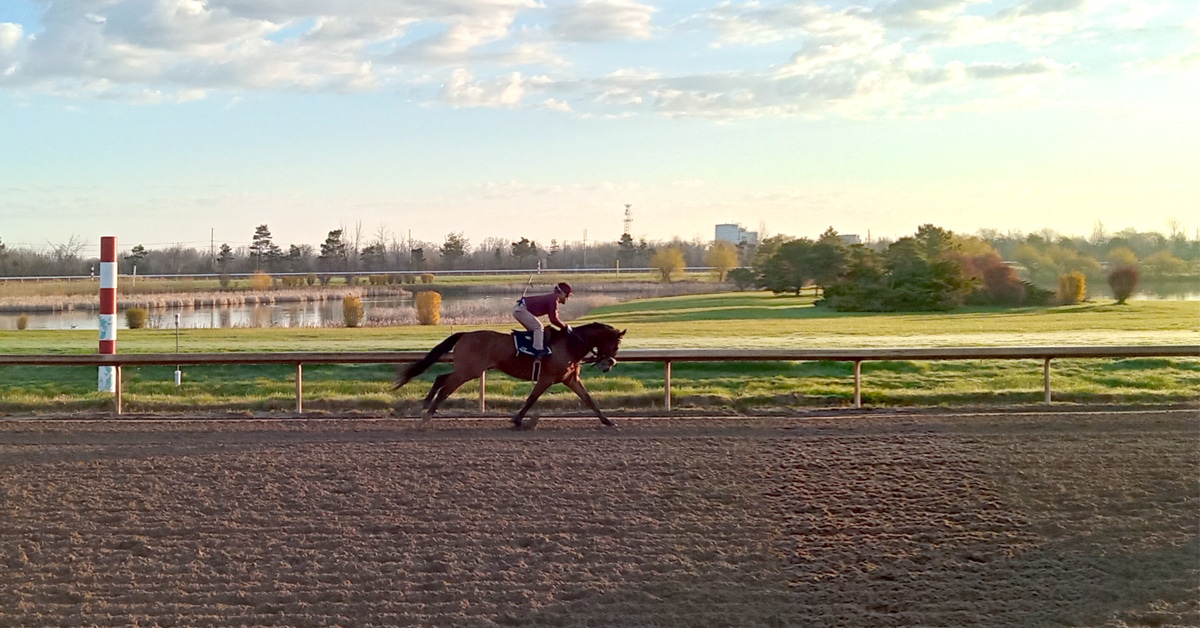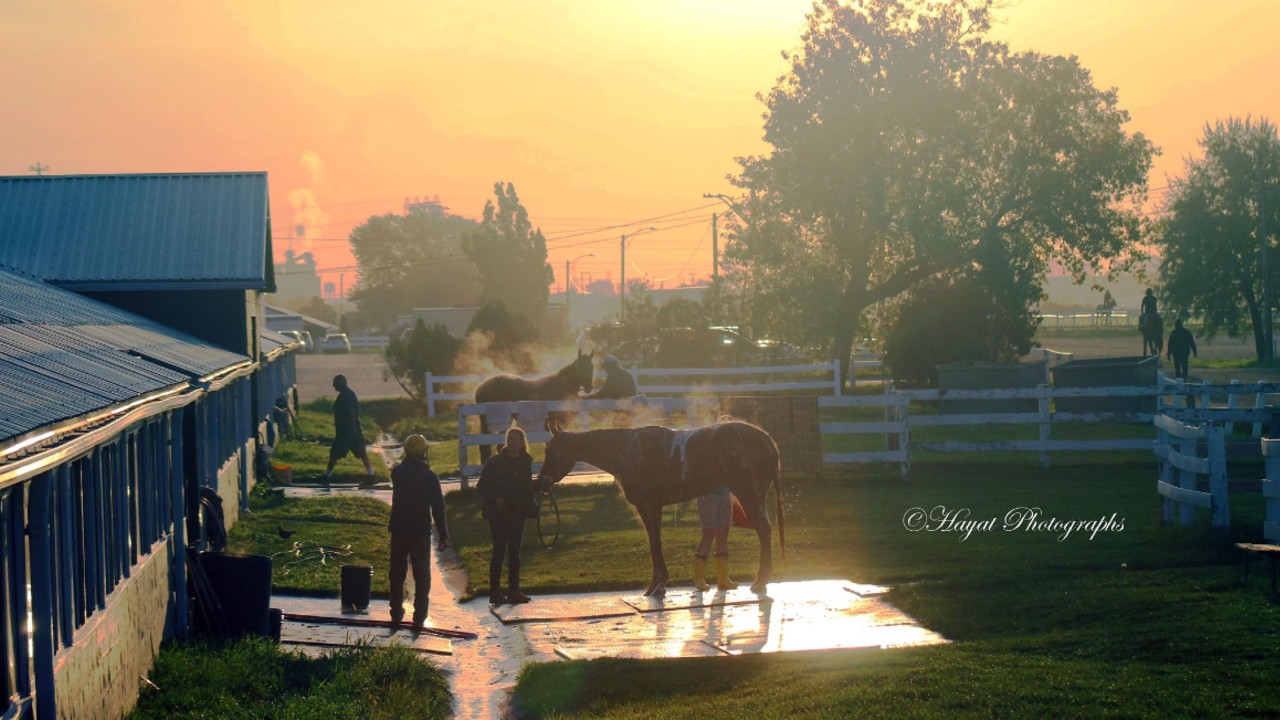Auditor General Bonnie Lysyk issued a 2019 Report for the province of Ontario this past week and most of the focus of it was related to the Made in Canada climate plan.
However the Ontario Horse Racing Industry is also part of the report with 40 pages dedicated to how the industry has done since it has received provincial funding. The horse racing industry of 45,000 people has received provincial funding since the Liberal Government requested that Ontario Lottery and Gaming to cancel the Slots-at-Racetracks revenue sharing program in 2013 after 14-years. That revenue sharing program was formed when the province requested that tracks house slot machines and a casino (the public did not want slot machines in restaurants and bars) and receive a small portion of the slot revenue.
The role and work of the OLG is most of the focus of the report.
There are areas of concern and recommendations made in the 40-page report entitled “Provincial Support to Sustain the Horse Racing Industry”.
The full report is at a link below. Here are the areas of concern in snapshot form:
- Despite OLG’s horse racing awareness campaign, wagering in Ontario on horse racing continues to decline. Specifically, wagering in Ontario on races in and outside Ontario has decreased from $882 million in 2016/17 to $833 million in 2018/19. As part of its marketing strategy in 2015, OLG created a new horse racing brand under the Ontario Racing name in consultation with the industry association. It was launched in 2016.
- Based on the findings from a third-party researcher contracted by OLG to measure the effectiveness of OLG’s marketing initiatives for the horse racing industry, awareness of horse racing by the Ontario adult population has grown from 13% in 2016 to 22% in 2018.
However, although awareness increased, wagering did not. At the time of our audit, OLG had not set a target for the level of awareness it wanted to achieve or the level of wagering growth it wanted to result from the increased awareness. - The horse racing industry is no closer to being self-sustaining after a history of various government funding programs. The goal of the five-year, $500 million Horse Racing Partnership Funding Program in existence from 2014/15 to 2018/19 was to support racetracks in becoming more self-sustaining.
However, the industry is not significantly closer to that goal than it was in 2013. - Focus of provincial funding shifts from self-sustainment to sustaining the industry. With the introduction of the new 19-year funding agreement on April 1, 2019, the objective of government funding changed from transitioning the industry to become self-sustaining to sustaining the industry
for a long period of time. Although one of the key objectives of the new long-term agreement continues to be to reduce reliance on government funding, with 19 years of guaranteed funding until the end of fiscal 2037/38, it is difficult to see how the new agreement will reduce the industry’s reliance on provincial support. - Provincial support is guaranteed for 19 years. The new long-term funding agreement does not include any clauses that would allow the province to terminate the agreement without cause. Furthermore, the total annual funding will not be reduced if a racetrack closes down
- Provincial funding reductions in the new long-term funding agreement related to wagering increases are likely unattainable. Total funding over the 19-year term of the agreement is likely to reach $1.4 billion. According to the terms in the new long-term funding agreement between OLG, Ontario Racing (horse racing’s industry association) and Woodbine, the industry (including racetracks and horse people) could receive almost $120 million in annual funding from OLG for two years.
Lack of federal government oversight to guard against money laundering at Ontario racetracks. For a sector that is vulnerable to money laundering, the horse racing industry in Canada is not accountable to any regulatory body to monitor its operations for this type
of crime. - Ontario has more racetracks than comparable jurisdictions, without sufficient wagering income to support them. Ontario currently has 15 racetracks—two that race Thoroughbred horses, 12 that race Standardbred horses, and one that races Quarter horses. When compared to racetracks in the
United States, Ontario serves fewer people per racetrack than the states of California, Florida, New York, Pennsylvania and Ohio - The Woodbine Entertainment Group (Woodbine) has a significant role in the latest long-term funding agreement with OLG.
Click here to download the Auditor General’s 2019 annual report on Horse Racing
More from Industry:






